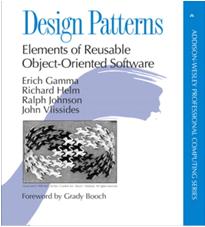The email sent will contain a link to this article, the article title, and an article excerpt (if available). For security reasons, your IP address will also be included in the sent email.

Good article from manageability.com summarizing design patterns from Pat Helland's amazing paper Life beyond Distributed Transactions: an Apostate's Opinion.
- Entities are uniquely identified - each entity which represents disjoint data (i.e. no overlap of data between entities) should have a unique key.
- Multiple disjoint scopes of transactional serializability - in other words there are these 'entities' and that you cannot perform atomic transactions across these entities.
- At-Least-Once messaging - that is an application must tolerate message retries and out-of-order arrival of messages.
- Messages are adressed to entities - that is one can't abstract away from the business logic the existence of the unique keys for addresing entities. Addressing however is independent of location.
- Entities manage conversational state per party - that is, to ensure idemptency an entity needs to remember that a message has been previously processed. Furthermore, in a world without atomic transactions, outcomes need to be 'negotiated' using some kind of workflow capability.
- Alternate indexes cannot reside within a single scope of serializability - that is, one can't assume the indices or references to entities can be update atomically. There is the potential that these indices may become out of sync.
- Messaging between Entities are Tentative - that is, entities need to accept some level of uncertainty and that messages that are sent are requests form commitment and may possibly be cancelled.
The article then compares how these principles compare so of the design principles used to develop S3:














 Return to Article
Return to Article